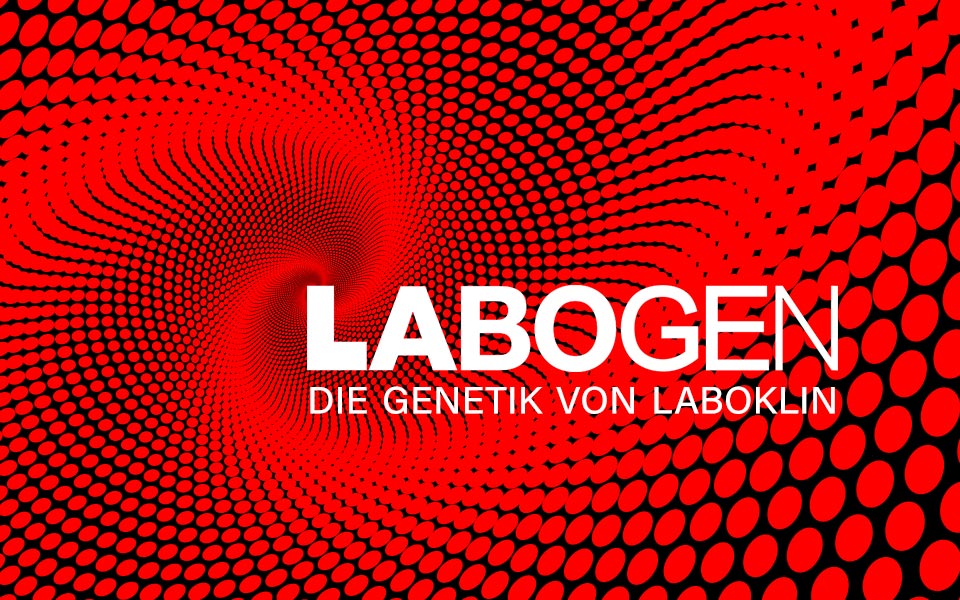Chondrodysplasie (Zwergwuchs) – Chinook, Karelischer Bärenhund, Norwegischer Elchhund
Chondrodysplasia (dwarfism)
General description
Chondrodysplasia is associated with defects in enchondral ossification and proliferation of cartilage resulting in defects in long bones and dwarfism. Affected animals have shortened and deformed limbs, a large skull, and spine change. Anatomical narrowing of the spinal canal causes spinal stenosis.
Breeds
Chinook, Karelian Bear Dog, Norwegian Elkhound
Order details
| Test number | 8316 |
| Sample material | 0.5 ml EDTA blood, 2x cheek swab, 1x special swab (eNAT) |
| Test duration | 7-14 working days |
Test specifications
| Symptom complex | skeletal |
| Inheritance | autosomal recessive |
| Causality | causally |
| Gene | ITGA10 |
| Mutation | G-A |
| Literature | OMIA:001886-9615 |
Detailed description
Chondrodysplasia is a genetical inherited skeletal dysplasia with a defect in endochondral ossification. The physiological process of bone-growth is disrupted by a mutation of a gene. Consequently, defects in tubular bones and dwarfism emerge due to the lack of proliferation of cartilage. In addition to shortened limbs, clinical symptoms comprise of a large skull, spine changes and deformations of the legs. The disease causes anatomical narrowing of the spinal canal and associated spinal stenosis in some cases.



